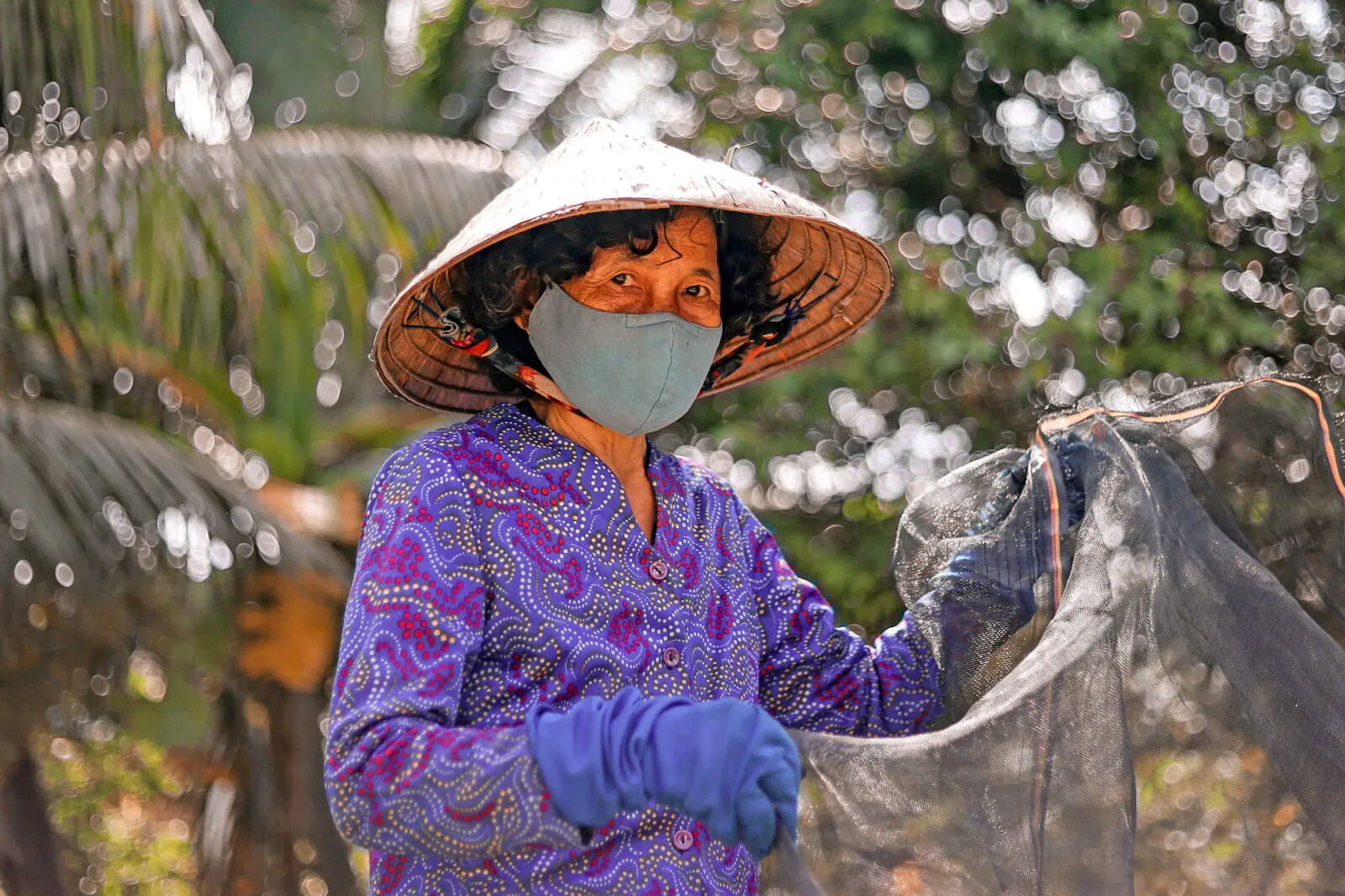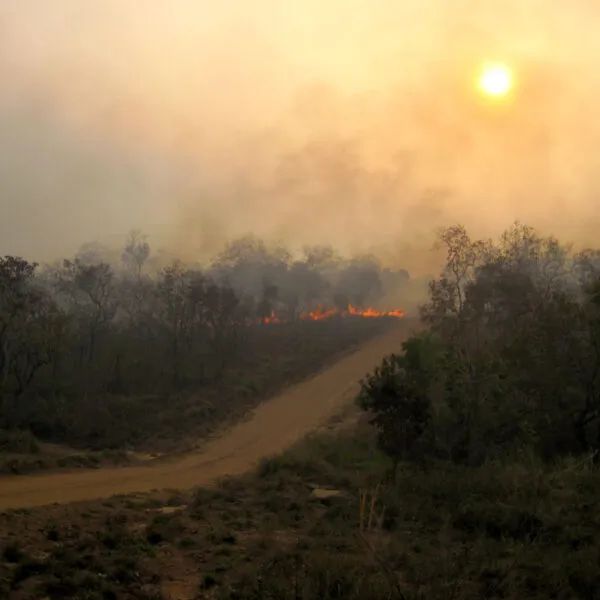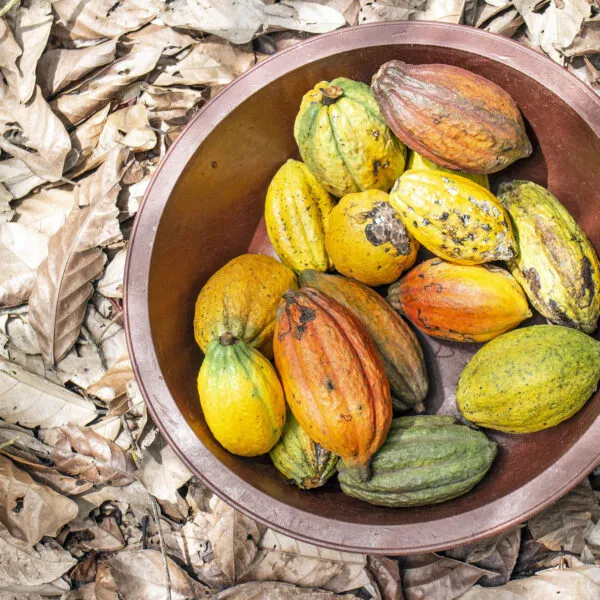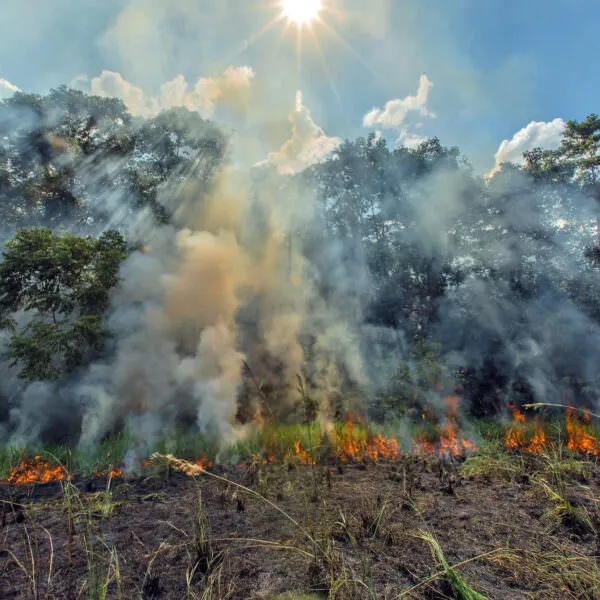Deforestation displaces wildlife species, putting them in closer proximity with each other and to humans. Scientists have been warning for years that this increases human exposure to new infectious diseases and makes us more vulnerable to pandemics like the deadly coronavirus, COVID-19. The UN environment chief, Inger Andersen, proclaimed last week: “Nature is sending us a message with the coronavirus pandemic. Failing to take care of the planet means not taking care of ourselves.”
COVID-19 has focused international attention on the destruction wrought by human systems on nature and on our own societies. It has also provided an unprecedented opportunity to reimagine these systems and shape a more sustainable future, together.
Healthy forests and vibrant communities are an essential part of the global climate solution. Sign up to learn more about our growing alliance.
Through 30-plus years of experience, we have tested and proven successful solutions to deforestation. Community-centered forest conservation and sustainable agriculture support healthy ecosystems and healthy communities.
The current crisis is showing us what can be achieved by uniting to work for a collective goal. It’s up to us to keep up the momentum needed to restore the balance between people and nature.
Here are some facts about the connection between deforestation and animal-to-human diseases (zoonosis) such as coronavirus:
What is zoonosis?
A zoonosis an infectious disease that is transmitted between humans and other animals. Zoonosis can be caused by viruses, bacteria, parasites, and fungi.
Common zoonotic diseases
This list includes those with zoonotic origins that became non-zoonotic, like HIV:
- Coronavirus
- Rabies
- Lyme disease
- Dengue, malaria, chikungunya
- Salmonella and E. coli infections
- HIV
- Avian flu
- West Nile virus
- Zika
- Swine flu
Zoonosis and deforestation
Multiple scientific studies show a link between deforestation and increased risk of zoonosis. Forest destruction leads to increased contact between humans and wild species. Trade in wild animals, often illegal and linked to logging and forest clearing, also increases the risk of disease transmission.
Zoonosis risk
Those most exposed to risk of zoonosis are farmers on the frontier and laborers hired to clear forest, often people who live in poverty.
Zoonosis and climate change
Global heating is changing the behavior of many species, including disease-causing organisms. Many are now spreading from the tropics into new regions, causing diseases such as Zika and dengue fever.
Zoonosis prevention
Preventing deforestation and maintaining healthy biodiversity can reduce the conditions that cause zoonosis.




